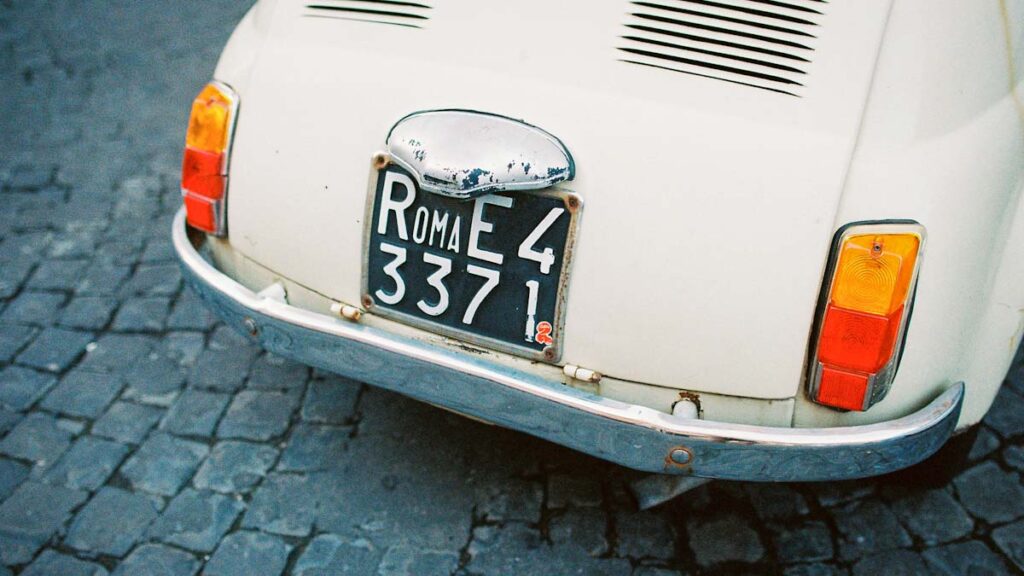
Italy is one of the most car-centric countries in Europe. While trains and buses connect most towns and cities, the car remains essential if you want to explore rural areas or villages at your own pace.
👉 This guide is part of our Transport in Italy: A Complete Guide.
Table of Contents
- Renting a Car in Italy
- Car Sharing and Ride Options
- Driving on the Autostrade
- Car Maintenance: Revisione
- Other Useful Resources
- Key Takeaways
Renting a Car in Italy
Renting a car is straightforward, but costs can vary widely depending on location and season. Foreigners usually need:
• A valid driver’s license (an International Driving Permit is strongly recommended).
• A credit card in the driver’s name.
📌 Learn more in our guide: How to Rent a Car in Italy.
Car Sharing and Ride Options
In bigger cities and university towns, car sharing services are popular. The most common is BlaBlaCar, an online platform where you can book seats with drivers already making a trip.
📌 Read more here: Car Sharing and Car Pooling in Italy.
Driving on the Autostrade
Italy’s toll highways are called Autostrade. Tolls can be paid:
• With cash or card at toll booths.
• Using Telepass for automatic billing.
📌 See our detailed guide: How to Drive on Autostrade.
📌 Related: What is Telepass?
Car Maintenance: Revisione
If you buy property in Italy and own a car, you must keep up with revisione (the equivalent of a roadworthiness inspection). Cars over four years old must be checked every two years.
📌 Learn more: What is Revisione Auto?.
Other Useful Resources
• What are ZTL zones in Italy?
Key Takeaways
• Renting is best for flexibility, but rural areas almost require car ownership.
• Car sharing is affordable and eco-friendly in urban areas.
• Autostrade are efficient but come with tolls; Telepass saves time.
• Regular revisione is mandatory if you own a car.
